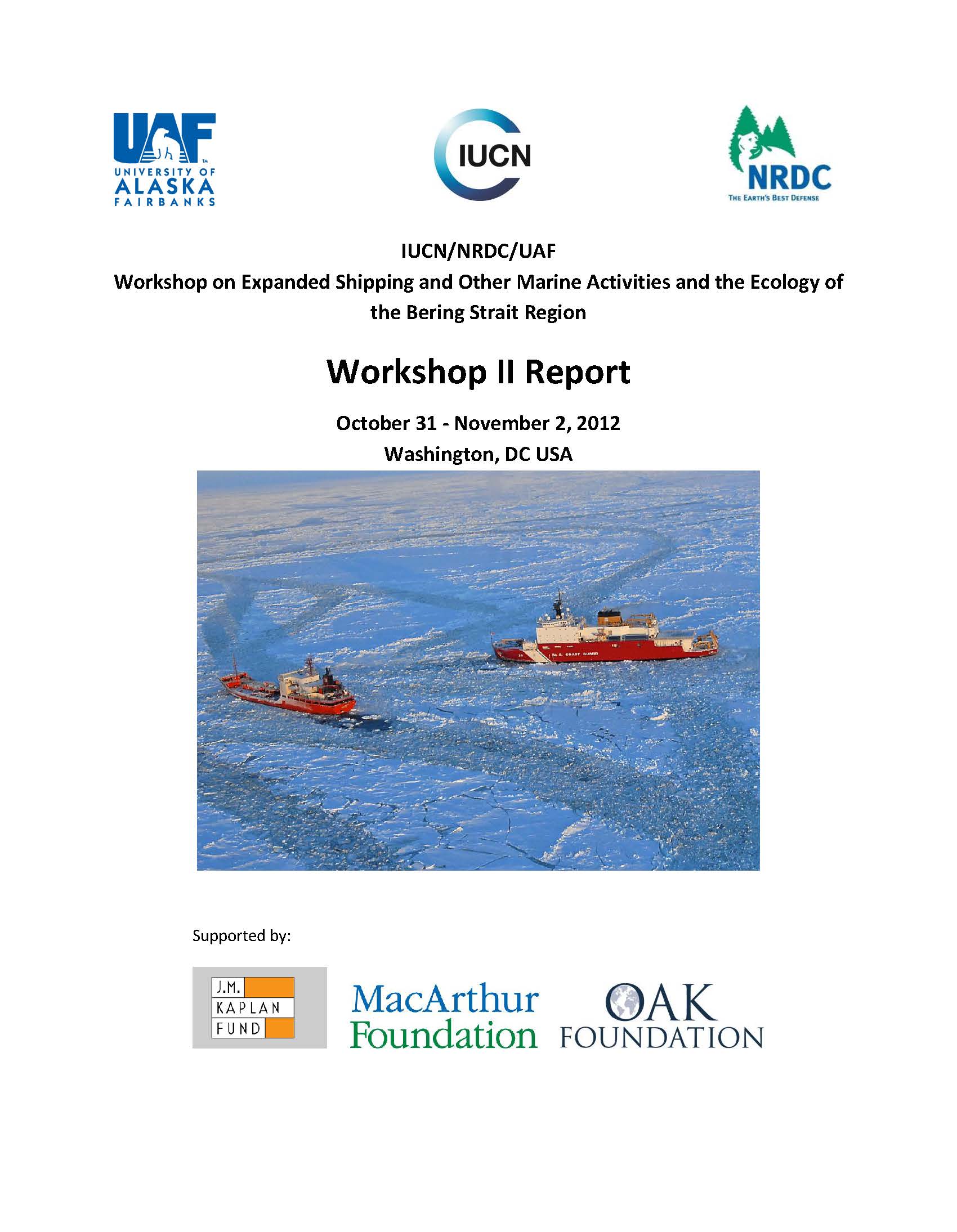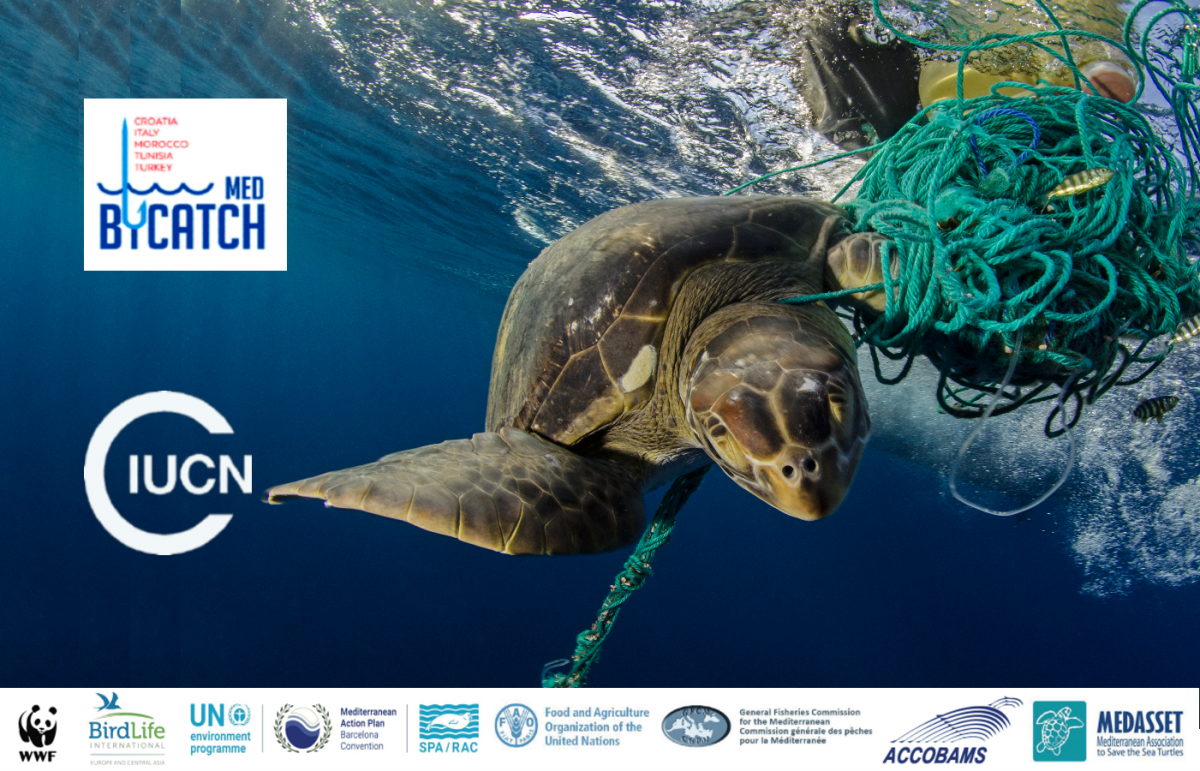Workshop Report - Improved Management of the Bering Strait
The International Union for Conservation of Nature (IUCN), the Natural Resources Defense Council (NRDC), and the University of Alaska Fairbanks (UAF) have undertaken a cooperative project to identify measures that could be adopted to protect important areas of the Bering Strait region, including ecologically and biologically sensitive areas (EBSAs) and to explore ways in which such measures might be implemented.

Photo: @IUCN
Warming ocean temperature and the dramatic loss of ice cover is opening Arctic waters to new and expanded shipping, fishing, research, offshore oil development, tourism, and other economic activities. The growth in Arctic marine operations is due in large part to natural resource development within the region and greater economic ties of the Arctic to the global economy. Bering Strait transits increased from 245 in 2008 to 325 in 2012, a 53 mile wide passage which provides the only connection between the Pacific and Arctic Oceans. While vessel activity is light compared to other regions of the world, the capacity to provide aid and support for these vessels is extremely limited.While sea ice loss is accelerating during summer months due to warmer global temperatures, the regional weather includes dense fog, extreme cold, severe storms, and unpredictable ice flows. Therefore, the Arctic still remains a challenging environment for any shipping operations.The Bering Strait region is perhaps the single most productive and diverse marine area in the Arctic. The region provides critical habitat for walrus, seals, fish, several types of whales, and immense numbers of birds. It has an ancient human history and an enduring cultural heritage of significance to all, especially the indigenous peoples who live in the Bering Strait Region. This regional indigenous culture and its subsistence hunting and fishing traditions continue to be vibrant today.IUCN, NRDC and UAF held a workshop with 37 local, governmental, scientific, indigenous and environmental experts to identify possible means of implementing protective measures identified in previous workshops. Because of the multiple users of the marine environment, timely and effective communication is paramount between governments, vessels, and hunters. Workshop attendees focused the discussion on how to best acquire and disseminate information on the location of ships, hunters, hazards, and marine mammals. The meeting urged improved communications infrastructure including updating the U.S. Coast Pilot, and increasing communications and vessel tracking equipment for subsistence use hunters. The Identification of voluntary measures for shippers would also advance improved management in this region. In addition, as one of the most sensitive and complex Arctic marine areas, special area designation for the Bering Strait region should warrant early attention at the IMO, and international cooperation toward a strong Polar Code is critical. Detailed recommendations for each of these categories can be found in the workshop report. This work has been made possible through the generous support of the MacArthur Foundation, the J.M. Kaplan Foundation and the Oak Foundation.



